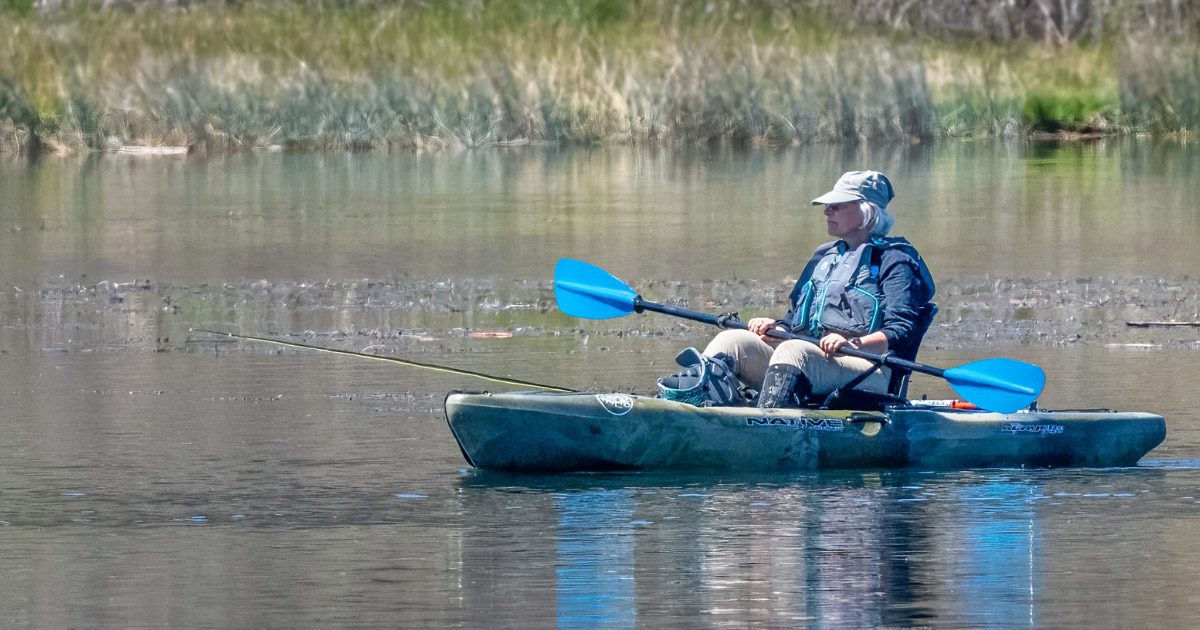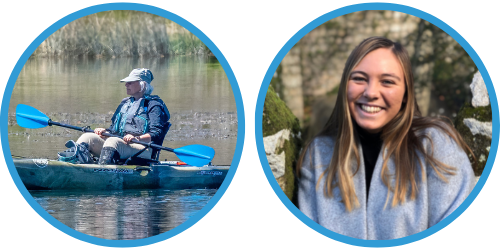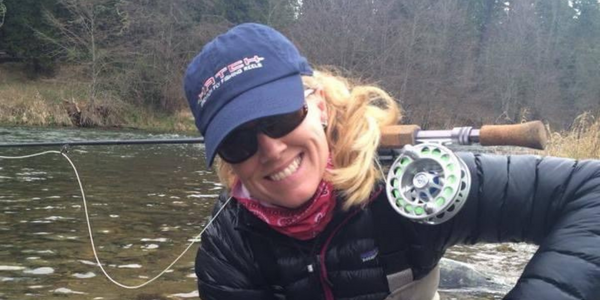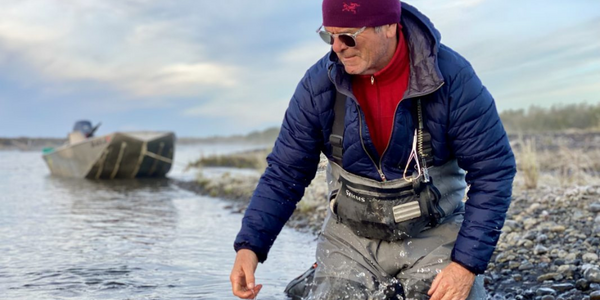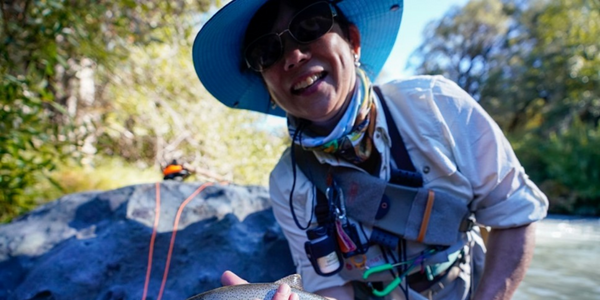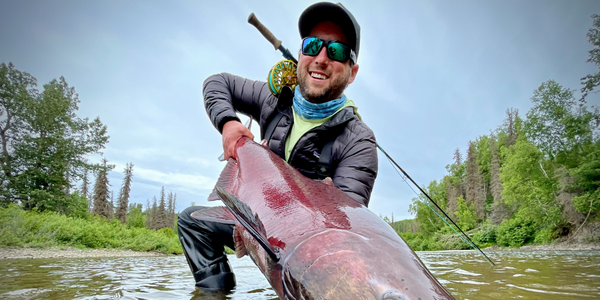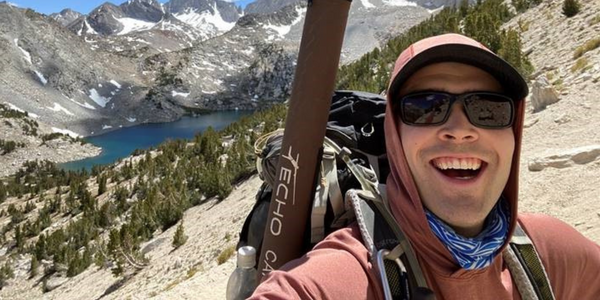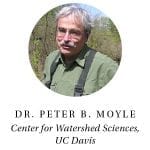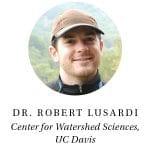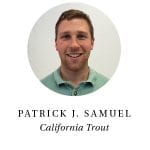CalTrout Member Penelope Gadd-Coster on Following Untraditional Pathways in Winemaking & Fly Fishing
Penelope Gadd-Coster, CalTrout Member, and Kara Glenwright, Communications Manager
California Trout donor and Sonoma County resident Penelope Gadd-Coster carries her grandmother’s fly patch with her everywhere she goes.
“When [my grandmother] passed, I was responsible for her estate, and I found that she had all these fly rods and set-ups. Along with that, I found an old fly patch of hers.”
Penelope grew up listening to the stories her grandmother and great-grandmother shared with her of fishing and hunting. She has photos of her great-grandmother holding big strings of fish and of her grandmother with a fly rod.
“Neither of these women followed a very traditional path. My great-grandmother loved the outdoors and that got passed along to my grandmother and her sisters. It was amazing to hear the tracks of these women – where they came from and where they went.”
From the stories and photos, Penelope’s interest in fly fishing was piqued. As she went through her own life, studying microbiology and general biology, her fascination with the natural world grew.
“I wanted to be a marine biologist, but I get very seasick! I had to find other avenues to keep me in the world of fisheries. For a few years, I was a scuba diver. And just in the last five years, I’ve hired a guide to go out fishing. It’s a way for me to stay connected with marine habitats.”
Penelope’s grandmother and great-grandmother also inspired her outside of the world of fish as she pursued a career as a winemaker.
“A winemaker is not a traditional path or for women. And it certainly has not been easy to make it through those 30 years. I eventually became the Executive Director of winemaking for a very large winery, and I just retired from that about a year ago. [My grandmother and great-grandmother] were the inspiration for me to understand that I did not have to follow a traditional path.”
Penelope first came across CalTrout about thirty years ago. Over the years, she stayed connected, but life as a winemaker was busy and didn’t leave much time for fishing. Now retired from full-time winemaking, Penelope has enjoyed the opportunity to get more deeply involved with the fishing community. In addition to being a member of CalTrout, she is a lifetime member of Trout Unlimited, she is the president of the Russian River Fly Fishers, and she is on the board of the Northern California Council of Fly Fishers International.
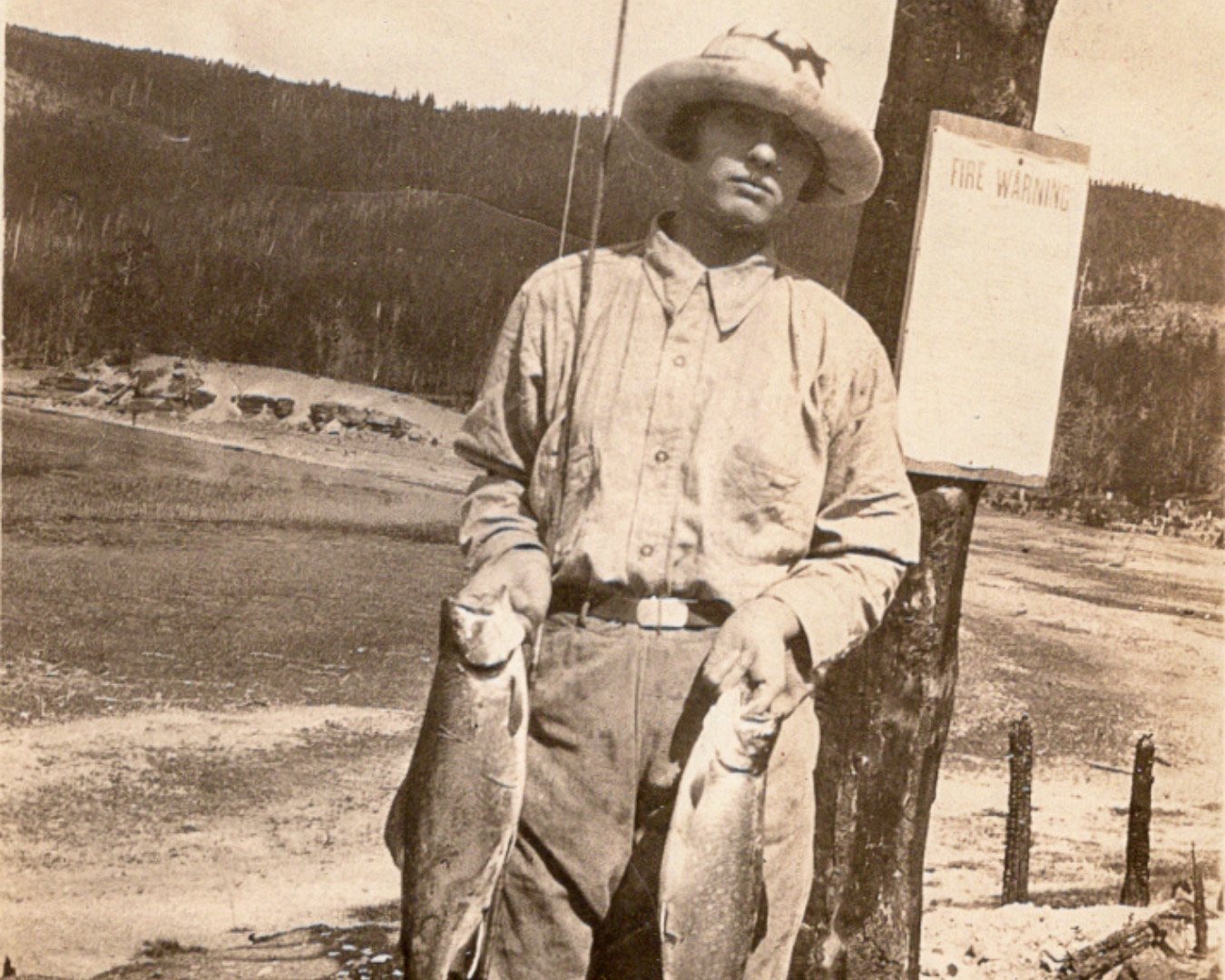
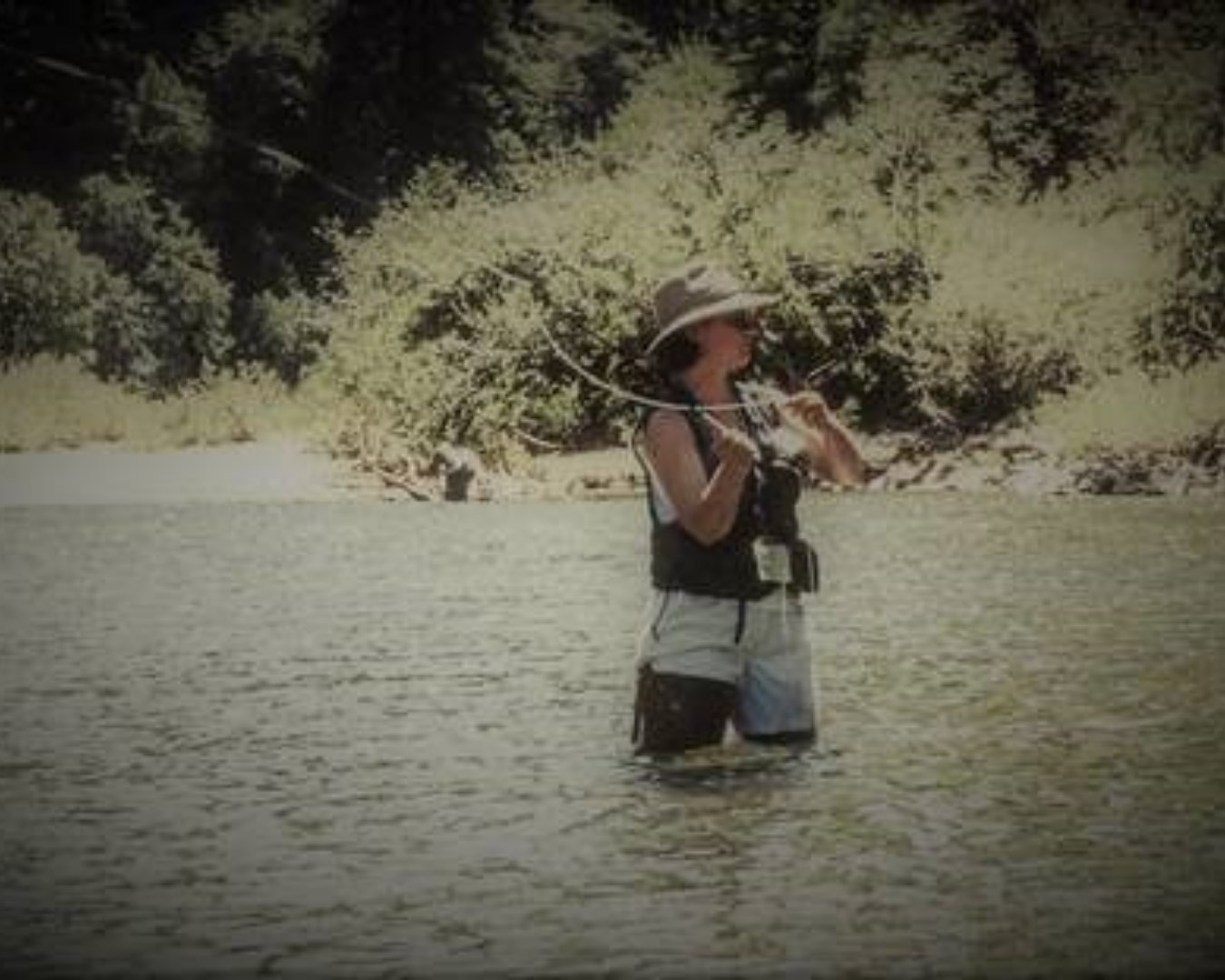
What do you find most inspiring about CalTrout’s work?
“The inspiration for me is to see what's going on. I live not too far away from the Eel River and CalTrout’s work on dam removal there. It's been interesting to talk with people in the area about how things are going.”
“I'm so entrenched in the area where I live. I'm five minutes away from fishing on the Russian River, and the Eel River flows right into the lakes above the Russian River. I can't help but feel like I’m a part of all that's going on, even though I might not be doing the work. I can see the benefits of what's happening.”
“You don't always get to see what you're contributing to. I feel lucky because not only am I contributing, but I also get to see the changes happening.”
Do you have a favorite memory spent on a river?
“That's a tough one because, for me, every time I go out, it's special. It allows me to be a part of the environment.”
“I love going out to the Hat Creek and Fall River area. Now, I've been out there enough times that I know where the eagles’ nests are, and I know where the osprey are, and I know that there are otters in the river. Every year, when it gets to be that time of the season, I go out and see how things are going with them. I fish a little bit, and I watch the wildlife as we go. For me, it's that feeling that I am a part of the ecosystem.”
In 50 years, what is your hope for California's rivers and fish?
“There are so many things that I'm afraid we've gone too far in the wrong direction on. I would hope that in 50 years we realize what we can do and that we preserve as much as we can of what we have. And I hope that in 50 years, people can still see rivers with coho and steelhead.”
“There's a cool little creek that runs through the middle of Healdsburg and every year the smolts are in there. It's so great that they have preserved this area. But I watch people walk by that creek every day, and they don't look in there to see the fish. I would hope that maybe in 50 years, people will actually look in the creek and see the fish.”
Thank you, Penelope, for your ongoing support of CalTrout's work to ensure healthy waters and resilient wild fish for all Californians.
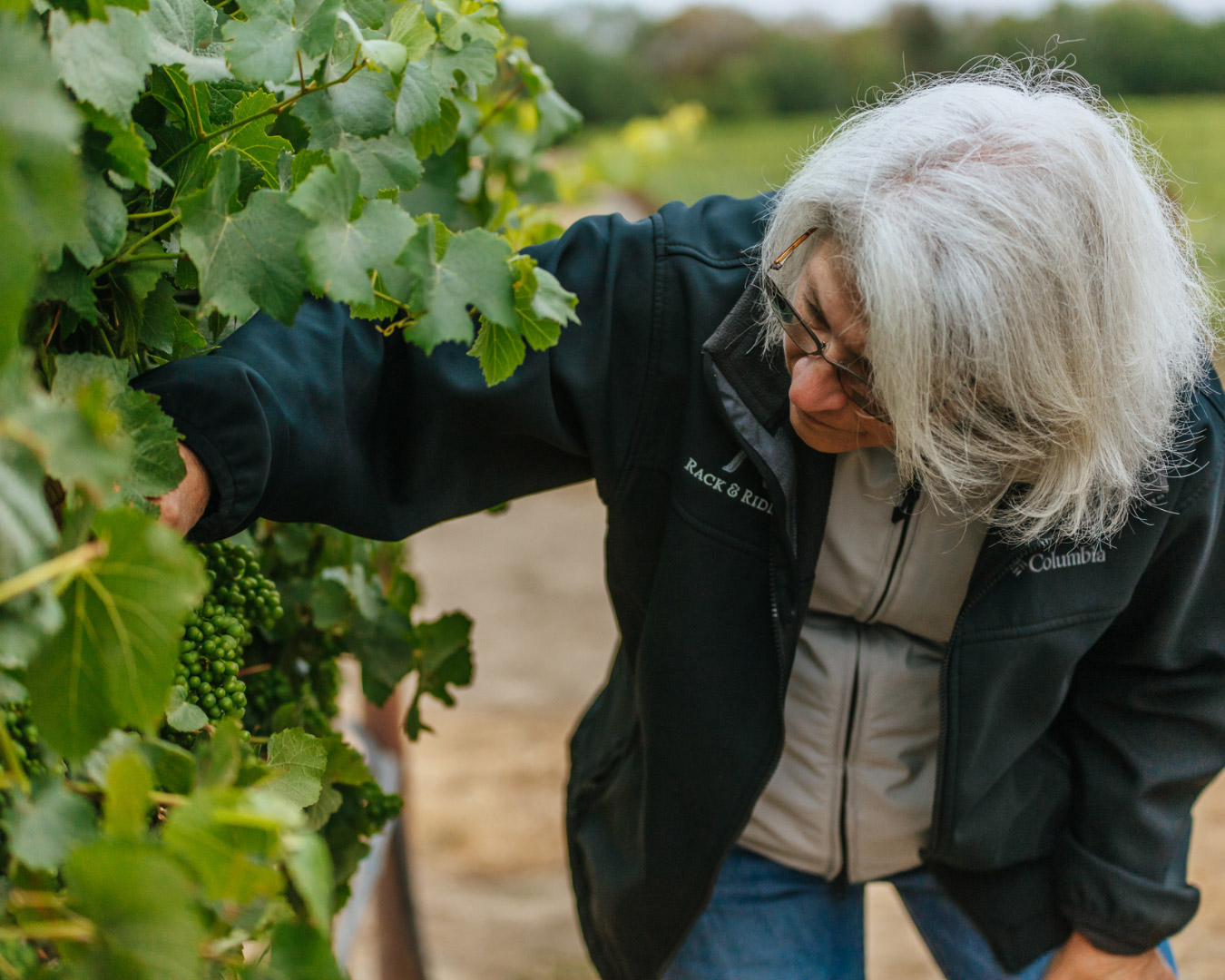
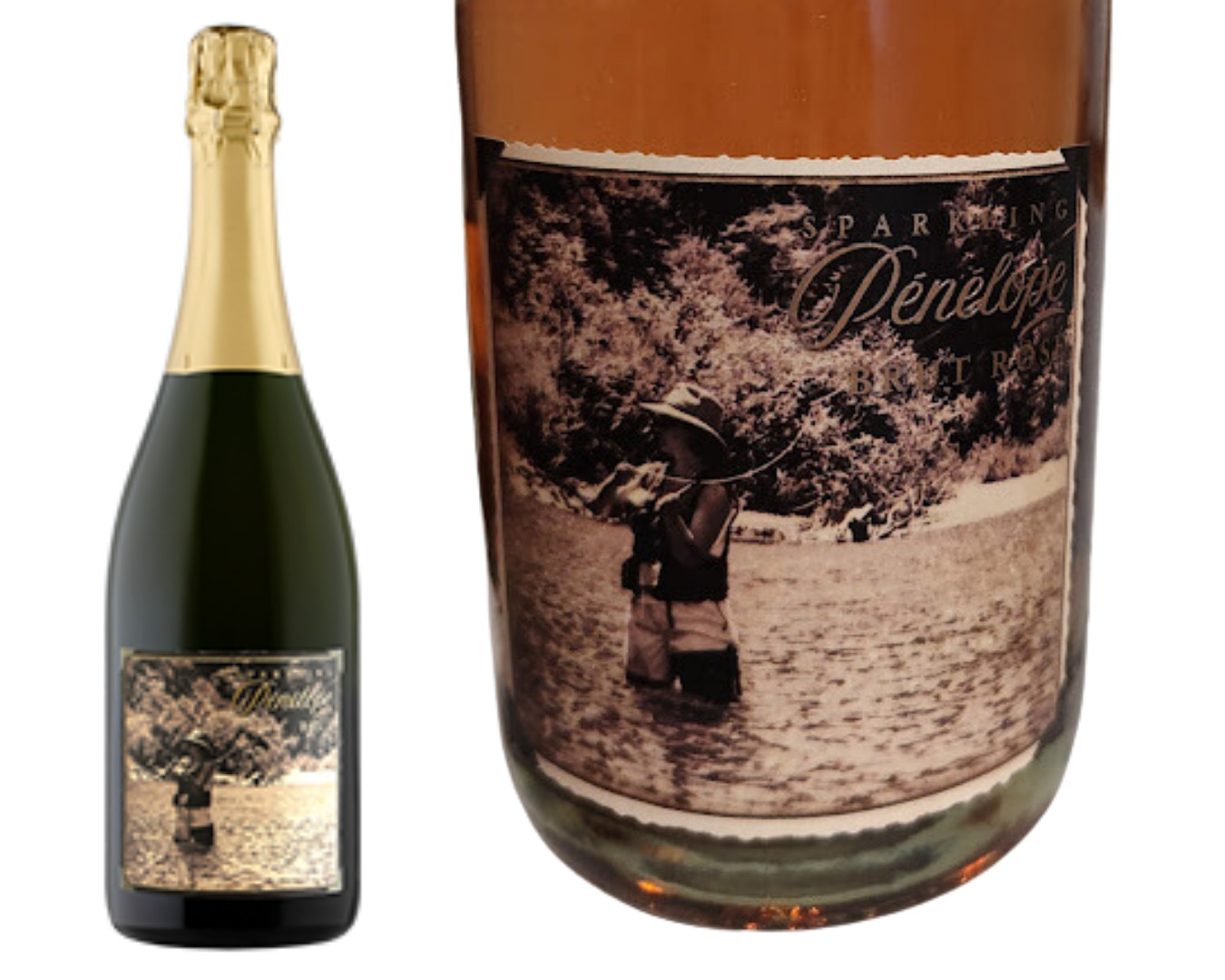
Tackling California’s biggest challenges takes ongoing action – which cannot happen without steady, reliable support from champions like you. Learn more about how to get involved below.
